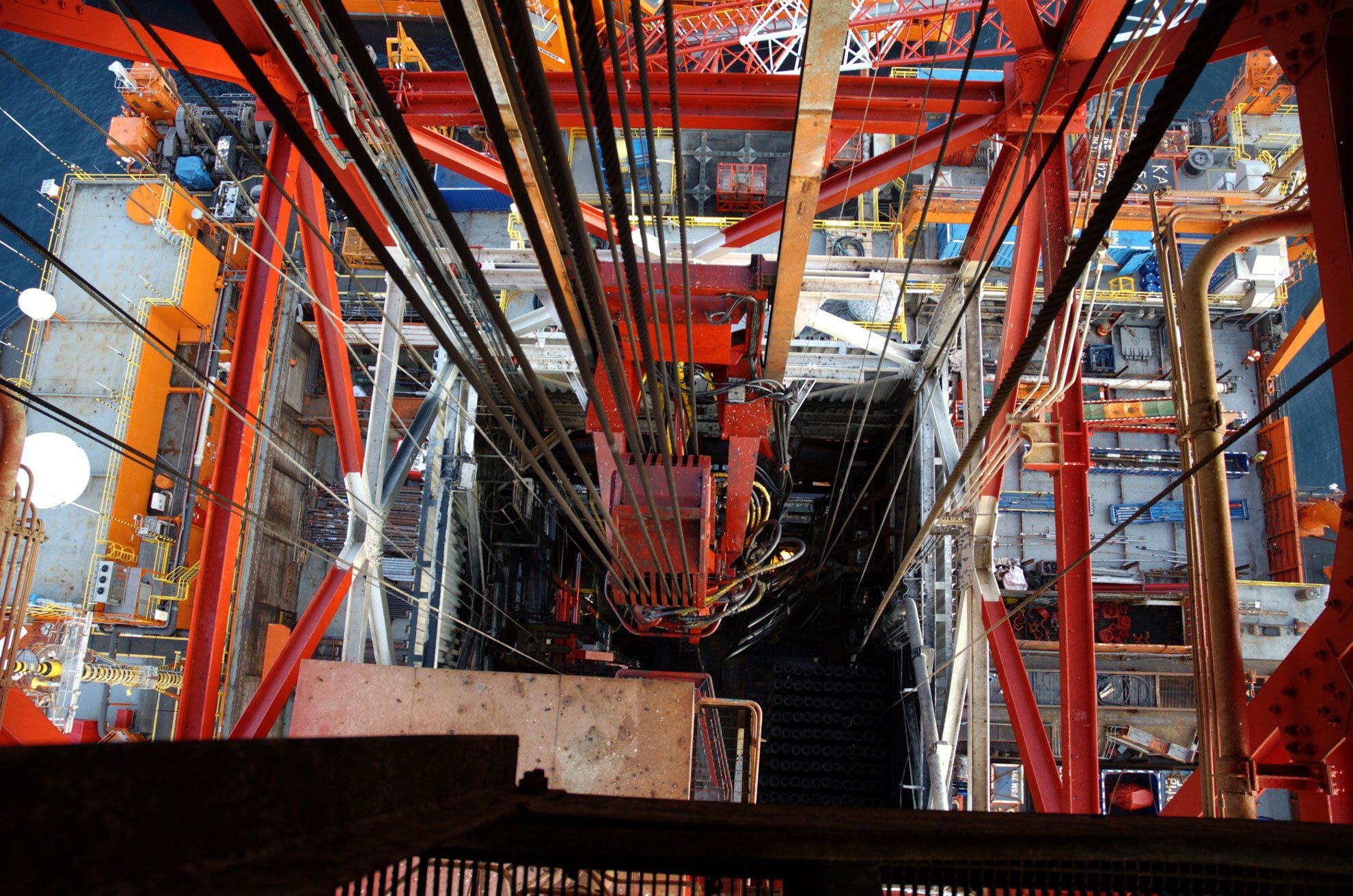
Well Design
Our mission is to provide our clients with comprehensive well planning and design engineering for the most difficult oil and gas wells that is cost effective and fit for purpose.
Our Services
Well Design Services
Downhole Material Selection
Thermal Modeling, APB and AOE™
Completions & Downhole Equipment Design & Analysis
Spill Response & Source Control
Engineers with Over 25 Years of Experience
Viking principal engineers have worked for over twenty-five years with major and independent operators, and can provide support with HPHT, deepwater, corrosive, or other challenging well designs.
Our engineers are experienced with onshore, shelf, and deepwater drilling, and work regularly on domestic and international projects. Our client base is made up of major and independent operators, as well as manufacturers and legal firms.
Well Design Services
Well Trajectory Planning
Casing & Tubing Stress Analysis: WELLCAT/StressCheck/TDAS
Drillstring Analysis: Torque & Drag, Hydraulics, Surge & Swab, Kick Tolerance
Evaluation of Connections, including FEA
Failure Analysis of drill pipe, casing, tubing, and downhole equipment
P.E. Certification for casing, cement and barriers
High Pressure, High Temperature (HPHT)/I3P Reviews
Project Management
Downhole Material Selection
Downhole materials selection is one on the most debated topics during the well design process. A material selection that is too conservative can add substantial initial cost of the equipment. A material selection that is not conservative enough may cost substantially more in the long run due to equipment repair, downtime, and environmental and safety problems. Material selection is a problem that can safely be solved and implemented into a well design if there is thorough knowledge of the well environment, the available materials, the equipment, project requirements and load cases.
Viking Engineering has performed many materials selection projects to help operating companies produce oil and gas safely and within budget.
Viking Engineering professional registered engineers, metallurgists, and chemists can:
Perform wellhead, OCTG, and down hole completion equipment materials selection analysis and develop materials specifications that meet the materials selection criteria based on industry standards or based on project specific fit for purpose requirements.
Perform third-party HPHT and deep water offshore materials engineering equipment design reviews for well completion permit approvals by the US government regulatory body (BSEE).
Perform multi-disciplinary materials selection analysis based on reservoir fluid chemistry, completion fluid chemistry, acidizing treatments, metallurgy, and anticipated well loads.
Assist in determining an accurate estimation of the expected well environmental parameters that are crucial in downhole materials selection.
Evaluate water analyses for the purpose of estimating alkalinity, pH, scaling tendencies, perform H2S partitioning studies and model the appropriate corrosion rates. Viking also has access to chemical thermodynamic software packages used in performing these types of analysis (i.e. OLI Stream Analyzer, VGMSim, OLGA, etc.).
Coordinate, develop and design, standard and fit for purpose corrosion and environmental assisted cracking testing protocols, including complex HPHT materials testing and evaluation requirements.
Our Material Selection Services
Material Recommendations
Metallurgical Evaluations
Sour Service Evaluations & Testing
Welding Engineering
Material Compatibility Assessment
Material Specification Development
Thermal Modeling, APB and AOE™
The Viking team merges the mechanical and dynamic thermal-hydraulic aspects to bring a true systems approach to annulus pressure management. By combining these two aspects of well design and integrity management, we offer more robust:
Annular Pressure Buildup (APB) Analysis
Annulus Pressure Management Guidelines
A-annulus Operating Envelope (AOE™)
Thermal Well Modeling
APB Mitigations Strategies
Rupture Discs and Vacuum Insulated Tubing (VIT) are commonly used in deepwater well designs to reliably mitigate APB risks with unmonitored annuli (i.e., B, C, D-annuli) during the full life cycle of the well. Both mitigation technologies have a proven track record in industry but require detailed engineering and thermal modelling to ensure that they are sized correctly and function as intended. Viking Engineering has performed numerous APB thermal studies for deepwater clients over the past 20 years and can provide a fit-for-purpose solution for each client’s well design.
The Viking A-annulus Operating Envelope (AOE™)
Viking Engineering has developed a methodology (AOE™) in which all elements of a well are considered in order to establish an acceptable annulus operating window. This is typically considered for offshore subsea wells in which the only measurement points for pressure are in the tubing where the hydrocarbons flow (i.e., flowing wellhead pressure) and the ‘A-annulus’ pressure which measures the pressure in the first outer annulus of the well closest to the production tubing. Applying this proprietary methodology/process results in a simple operating envelope which can then be used to communicate the operating limits to the production team to safely operate the well.
Annulus Pressure Management Guidelines
Initial Well Ramp-up & Initial Startup Planning Optimization
By linking Viking's well operating envelopes with the initial startup flow assurance modeling, we can anticipate well shut-in requirements for annular pressure management operations during the initial startup phase. This then allows for more robust development of initial startup plans and procedures by GATE Energy, taking into account flow assurance risks and mitigation plans.
Thermal Well Modeling
Precision in Determining Flowing Wellhead Temperatures
Viking software tools such as WellCat®, that incorporates all components of the well, linked with GATE transient thermal-hydraulic models, such as OLGA® and GATE Prho™, allows us to optimize heat transfer calculations from the sandface to the wellhead. We can then predict and verify thermal-hydraulic performance of the wells being investigated not only during steady-state, but during transient operations. (i.e. Initial Well Ramp-up, Well Shutdowns, etc.)
Our A-Annulus Operating Envelope (AOE)™ Services
Annular Pressure Buildup Evaluations
Annulus Pressure Management Guidelines
Thermal Well Modeling
Completions & Downhole Equipment Design & Analysis
Complete Lifecycle Stress Analysis
Completion Design
Downhole Equipment Evaluation
Detailed Tool Design Reviews
Spill Response & Source Control
Viking Engineering has a unique structure where Flow Assurance is combined with our expertise in critical Well Engineering to offer a complete Well Flow Engineering Team to the industry. The Well Flow Engineering Team has a track record in supporting operators in oil spill drills, and offers a standalone, fit-for-purpose solution. This partnership provides seamless engineering support, which results in efficient, more effective planning and execution of source control and oil spill response activities.
The Well Flow Engineering Team uses the most advanced and proven Well Integrity and Well Risk Management tools to provide the most realistic scenarios that allow operators to delineate the optimum strategies for source control and fluid discharge mitigation. Relief well intercept planning and dynamic kill modelling (via OLGA™) can be provided to support campaign planning for our clients as well.
Consult Our Specialist
Related Resources










